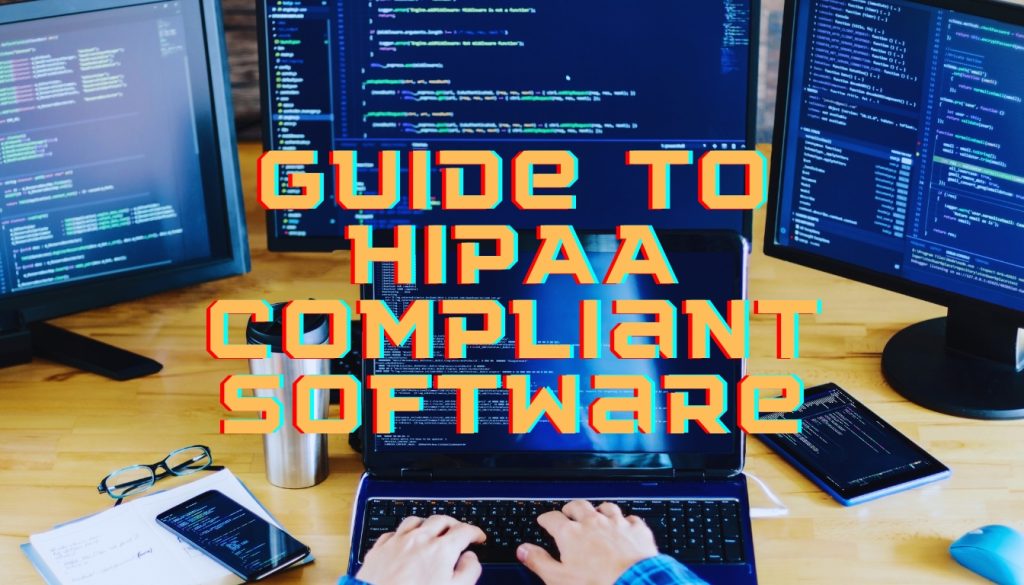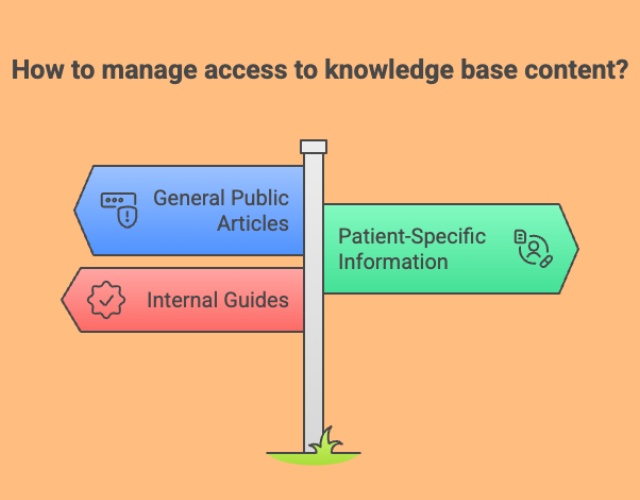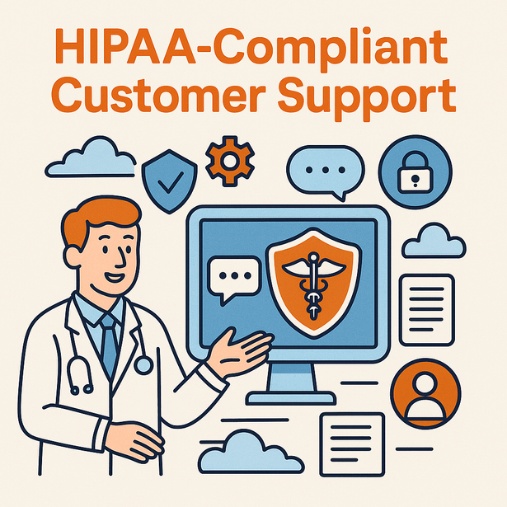Healthcare providers handle sensitive information every day. One email, one chat, one support ticket can carry patient details. That’s why using HIPAA compliant software isn’t optional. It’s the baseline. More importantly, it’s how you show patients that their privacy matters.

- Why HIPAA Compliance in Customer Support Matters
- Core Safeguards Every HIPAA Compliance Software Must Have
- Live Chat and HIPAA Compliance
- Email, Ticketing, and HIPAA Compliance
- Knowledge Bases and HIPAA Compliance
- How to Be HIPAA Compliant with Software
- How to Make Software HIPAA Compliant
- Trending Now
- Conclusion
Why HIPAA Compliance in Customer Support Matters
I’ve seen too many examples where a lack of security in customer support leads to big problems. Data leaks can bring fines that can hit $1.5 million per year, per violation category. They also destroy trust. And trust is hard to rebuild once it’s gone.
Patients want convenient ways to reach you. But if they think their information might end up in the wrong hands, they’ll hold back. That’s why every support channel must run on HIPAA compliance software. This includes live chat, email, ticketing, and even knowledge bases.
Core Safeguards Every HIPAA Compliance Software Must Have
Here’s the short list of what matters most:
- Encrypt data when it’s sent and when it’s stored. Encryption makes intercepted data unreadable.
- Limit access so staff only see what they truly need. This is the “minimum necessary” rule in action.
- Require multi-factor authentication. Passwords alone aren’t enough.
- Log people out automatically when they’re inactive. It stops others from stumbling into PHI on an open screen.
- Keep detailed audit trails. You should always know who accessed what and when.
- Get a signed Business Associate Agreement (BAA) from your vendor. No BAA, no compliance.
These may sound like technical checkboxes, but each one blocks a real-world risk. Skip one, and you leave a door open.
Live Chat and HIPAA Compliance
Live chat is one of the fastest ways for patients to get answers. But without the right setup, it’s also one of the fastest ways to break compliance.
- Pick HIPAA-compliant live chat software that encrypts every conversation and comes with a BAA.
- Turn off transcript-to-email features. Emailing transcripts outside a secure system is too risky.
- Stay away from SMS for PHI. Text messages aren’t encrypted.
- Store chat history securely, and keep logs of who accessed it. When a patient asks for help getting to an appointment, agents can use secure chat to arrange wheelchair transportation services. Share confirmations through approved channels instead of standard SMS to protect PHI.
When live chat runs on HIPAA compliant software, it helps patients connect quickly while protecting their data. That balance of speed and security builds confidence.
Email, Ticketing, and HIPAA Compliance

Email is still the backbone of support, but by itself it’s not safe enough for PHI. A secure ticketing system changes that.
- Encrypt tickets and attachments so they can’t be read if intercepted.
- Use a secure portal where patients log in to see messages.
- Authenticate every user before showing PHI.
- Record every action in an audit trail so nothing slips by unnoticed.
- Train your staff to keep PHI out of subject lines or unsecured files.
This approach transforms email and tickets into reliable, HIPAA-compliant support tools.
Knowledge Bases and HIPAA Compliance

Knowledge bases are useful because they reduce how often patients need to share details. But they need guardrails.
- Keep public articles general. Think “How to reset your portal password,” not “Jane Doe’s lab results.”
- Put patient-specific info behind a secure login, same as a patient portal.
- Restrict access to internal guides with sensitive data. Only authorized staff should see them.
With this setup, patients find quick answers on their own, and sensitive information stays in the right place.
How to Be HIPAA Compliant with Software
The easiest way is to choose HIPAA compliant software that already comes with:
- Encryption
- Access controls
- Audit logs
- Secure hosting
- A signed BAA
Then, keep your team trained. Even the best software can’t prevent mistakes if people don’t know how to use it properly. Earning an MD Degree can also strengthen your expertise in healthcare systems and compliance.
How to Make Software HIPAA Compliant

If you’re creating your own system or trying to adjust what you already have, think of HIPAA as the blueprint. Every piece you build should line up with it. Here’s what that looks like in practice:
- Encrypt everything. Whether the data is moving or sitting still, it needs to be unreadable to outsiders.
- Control access. Not everyone needs to see everything. Set clear roles, add multi‑factor authentication, and use timeouts so open screens don’t become a problem.
- Track activity. Audit logs let you see who touched what, when they did it, and why. That record is your safety net.
- Host it in the right place. Pick HIPAA‑ready servers, ideally U.S.‑based, where compliance standards are already in place.
- Cover your bases with BAAs. Every vendor that handles PHI should sign one so responsibility is shared.
- Train your people. Then train them again. Software is only as safe as the person using it.
When you handle these steps early, compliance isn’t an afterthought. It’s built into the foundation of your system.
Trending Now
HIPAA Journal talked about what it really takes to make software HIPAA compliant. It isn’t just about encryption. You also need access controls, audit trails, and a Business Associate Agreement with your vendors. On top of that, there are administrative, physical, and technical safeguards that help lower risks and protect patient trust. The main point was clear: HIPAA compliance is never finished. It’s something you train for, monitor, and update on a regular basis.
Conclusion
HIPAA compliance isn’t about checking boxes. It’s about keeping promises. Patients trust you with their most private details. They expect you to protect that information as carefully as you treat their health.
The good news is you don’t need to start from scratch. The right HIPAA compliance software already has the security pieces in place. Encryption, access controls, audit logs, secure hosting, and a BAA. Add training for your team, and you’ve got a strong system.
Want to see how this works in action? Schedule a demo or start your free trial today.




